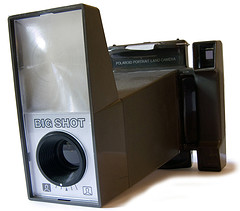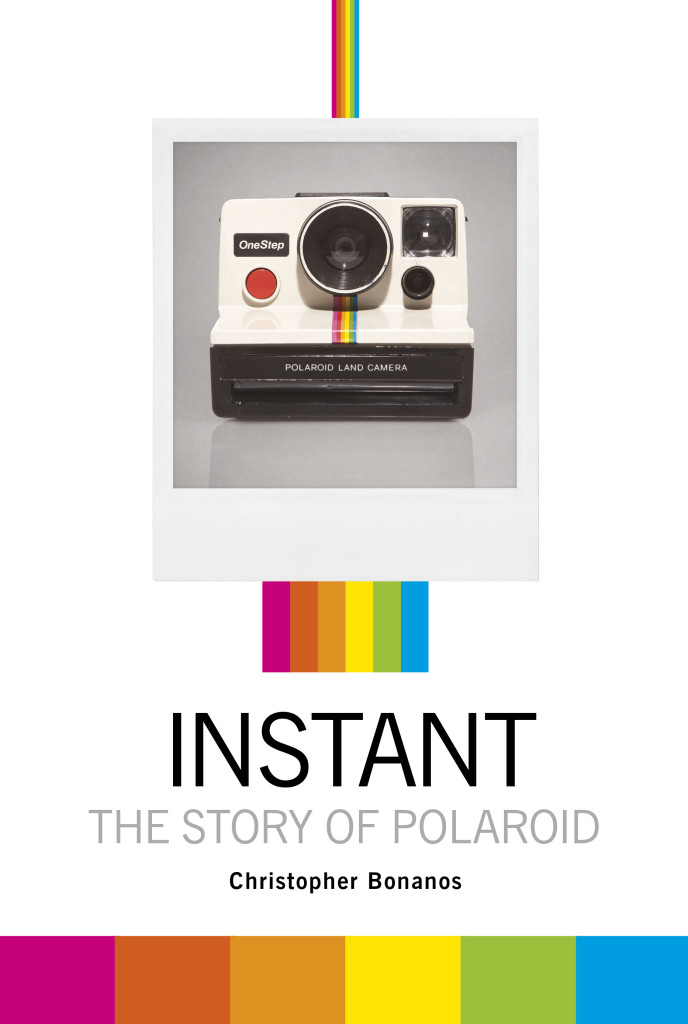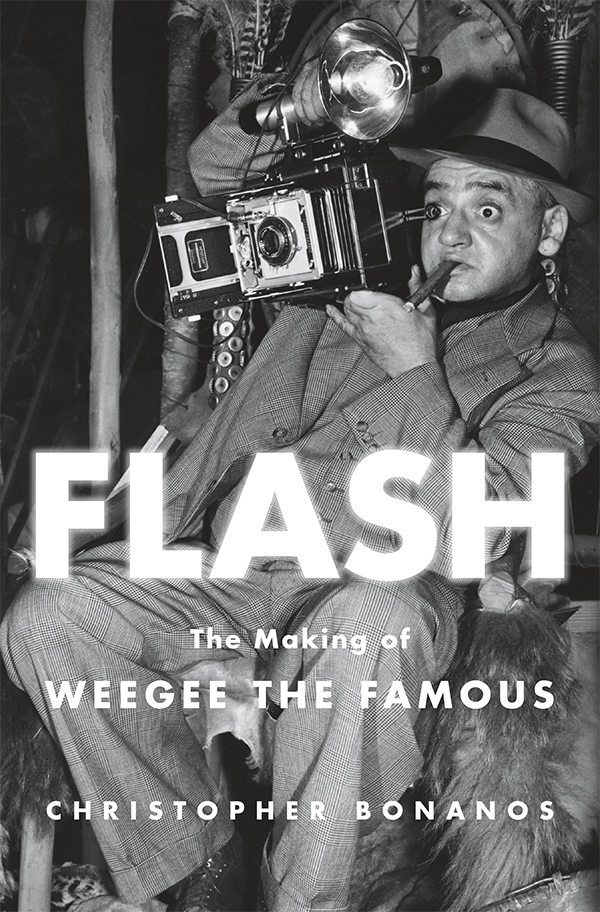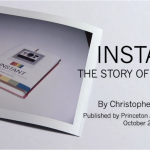Instant Artifact: The Big Shot
This is a fun item: the Polaroid Big Shot, produced from 1971 to 1973. It’s one of the cheapest cameras Polaroid ever sold (setting aside some junk it produced during the bad years at the end), one of the strangest-looking, and arguably among the most fun. Plastic lens, socket and diffuser for Magicubes, and a little timer on the back that buzzes as it counts down 60 seconds’ development. Priced at $19.95 retail, and probably sold for about fifteen bucks at K-mart.
The Big Shot is one of the inexpensive plastic pack-film cameras introduced when the company was going full steam on the introduction of SX-70. In fact, this camera and others based on the older peel-apart film brought in a lot of money during the new product line’s shaky first year, and kept Polaroid from getting into dire financial trouble. This particular one came to me from Bill Copeland, a longtime Polaroid quality-control specialist who now runs the U.S.S. Bennington Association, and “QC / DEPT 065 / 620MD” is engraved on the back. (That last bit refers to the Polaroid office at 620 Memorial Drive.) The T-strap handle is usually broken off these cameras, but mine is intact, if a little dry. Eager to try this baby out.
The big snout is, of course, the most obvious thing about this camera. The Big Shot has no focusing mechanism, just a nonadjustable rangefinder in the eyepiece. You can focus on your subject only from about four feet away. (It’s meant to shoot waist-up portraits and nothing else.) So users were instructed to step forward and back, forward and back, until the rangefinder images lined up, then press the shutter. This little dance came to be known as the Big Shot Shuffle.
It may not have been a versatile photographic instrument, but it’s goofy fun to use and makes pretty okay portraits. At least one person was a major fan, too: Andy Warhol. He toted his Big Shot everywhere, and if you look at enough party photos of him from the early seventies, you’ll see that big snout poking out of a tote bag in his hand. (Whether its ithyphallic qualities have anything to do with his affection, I have no idea.) Here he is in the kitchen of Vogue’s food editor (click this link to buy the photo):
The classic Warhol painted portrait, in fact, originates in his Big Shot photos. Before a portrait session, he’d shoot 50 or so pictures of his subject, then use the best one to create the silkscreen that would underlie the painting. Photo gallery here (I can’t copy it). I wonder whether he deliberately used the Big Shot to cut the number of variables in his photos: With no depth of field and no questions of framing or proportion, the only thing he could play with was the framing of the face and bearing of the upper torso and the facial expression.
Warhol lore has it that, when the Big Shot was discontinued, he bought up and stockpiled dozens of them, so he’d be able to shoot with it ad infinitum. He ended up shifting to an SX-70 a few years later anyway.
4 Responses to Instant Artifact: The Big Shot
Leave a ReplyCancel reply
LEGALITIES
This site is not connected with or endorsed by Polaroid or PLR IP Holdings, owners of the Polaroid trademark.ON TWITTER
My TweetsBlogroll
- 'Insisting on the Impossible'
- Everything Reminds Me of You
- Flickr's Polaroid group
- Instant Options
- LandCameras.com
- Paul Giambarba: Analog Photography At Its Best
- Paul Giambarba: The Branding of Polaroid
- Polaroid
- Polaroid SF
- Rare Medium
- The Impossible Project
- The Land List
- The New55 Project
- Vintage Instant











[…] Polaroid Big Shot—Andy Warhol’s portrait camera of choice in the early seventies—has been discussed here before. Well, for a story this week, my visual-department colleagues at New York magazine (without any […]
[…] as he or she stepped offstage. (Michael brought several key things to Los Angeles, including three Polaroid Big Shot cameras; a ton of Fuji color film and vintage Magicubes; and Roxanne Behr, the Culture Pages’ […]
[…] Polaroid Big Shot, macchina fotografica culto della generazione ’70-’80, hanno immortalato i 35 protagonisti […]
[…] just great in a bevy of Polaroid models from the 1960s and 1970s, such as the wacky and wondrous Big Shot, Andy Warhol’s favorite. But when I was skimming my Facebook feed this morning, I saw a […]